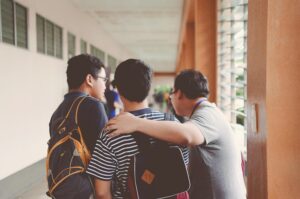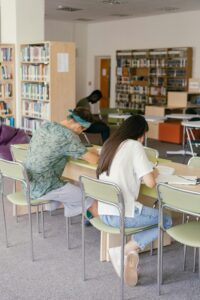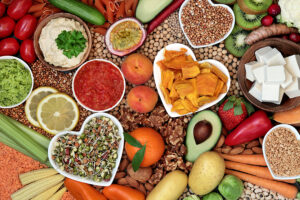|
Title: |
MasterChef |
|
Country of implementation: |
Italy |
|
Type of the practice: |
Practical exercise |
|
Type of education (primary, secondary, non-formal): |
Non-formal |
|
Age of participants: |
18-31 |
|
Education form (online, offline, or blended): |
Offline |
|
Link: |
https://www.youtube.com/watch?v=FkLRg7eQJtE |
|
Participants are divided into groups of 4 to 6 people, each assigned a cooking station equipped with necessary utensils and gadgets. Their task is to prepare a menu, including a starter, main course, and dessert. Evaluation criteria encompass the final result, sustainability, teamwork, etc., with each group receiving an award in one category. Each group receives a ‘mystery box’ containing various ingredients, ranging from traditional to exotic items, determining the activity’s difficulty. Unfamiliar ingredients can be chosen for added challenge. Participants encounter ‘the market,’ a central table divided into common products and a ‘shop’ with unique items. Each group can choose up to 4 products from the ‘shop’ after using shared common ingredients. Groups have 10 minutes to strategize, deciding what to cook based on received ingredients and ‘market’ offerings. They ‘buy’ products from the ‘shop’ in four rounds. Cooking time begins, allowing groups two to three hours (project-dependent) to prepare their dishes. After the allotted time, groups present dishes to the ‘jury’ (comprising Kora staff members) for evaluation based on predefined categories. The jury aims to appreciate positive aspects rather than strict judgment, fostering collaboration and enjoyment. Winners are announced, and an award ceremony concludes the activity. |
SWOT ANALYSIS OF CASE STUDY 3:
Strengths (internal factors):
- Practicality: Cooking is a proven method effective for raising awareness about food sustainability.
- Teambuilding approach fosters close relations among participants.
- Incentivizes a mindful approach to reducing food waste.
- Encourages creativity to redefine traditional recipes.
- Calculating food footprint promotes the development of sustainable behaviors.
- Participants acquire new recipes and knowledge.
- Adaptable to different profiles: Competition encourages proactiveness and engagement.
- Debriefing moments allow for deeper reflection.
- By choosing the ingredients, organizers can guide the activity in a specific direction.
Weaknesses (internal factors):
- Better footprint calculation methods need to be identified.
- Organizers need to ensure they have all necessary tools and equipment, which may not always be the case.
- The competition approach can exert too much pressure on some participants.
Opportunities (external factors):
- Playful pedagogical practice allows participants to learn while having fun.
- Provides new knowledge and encourages reflection.
- Can be replicated in different contexts and countries, with various group profiles (age, knowledge).
Threats (external factors):
- Participants with no cooking skills might find it less attractive.
- Lack of knowledge about food sustainability can lead to undesired results.
|
Some insights from conducted interviews: From students’ perspective: “I really enjoyed the challenge of creating dishes from random ingredients. The process of strategizing with the group and coordinating ourselves was truly great!”. “What I liked most about this activity was its practical nature, involving a significant amount of cooking, and placing great importance on the process”. From teachers’ perspective: “This activity consistently performed well each time we implemented it. The students and participants thoroughly enjoy engaging in such practical activities, directly connected to concepts we encounter daily, such as making sustainable choices related to food and adopting sustainable practices. They typically have a great time cooking and take pride in presenting their creations to the juries”. |







